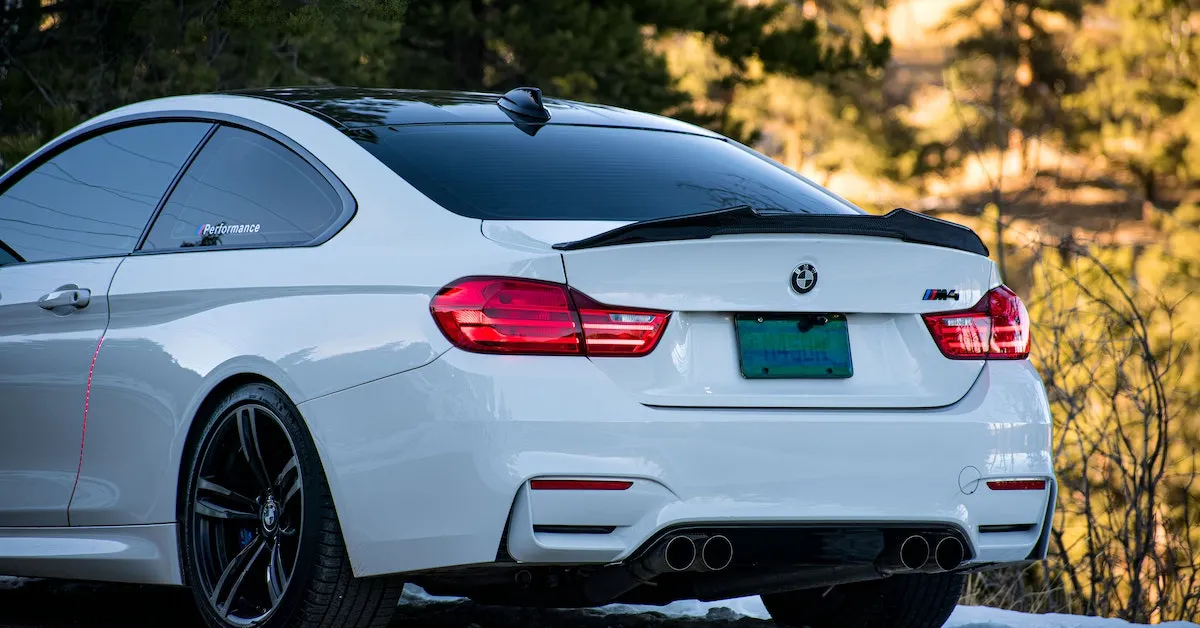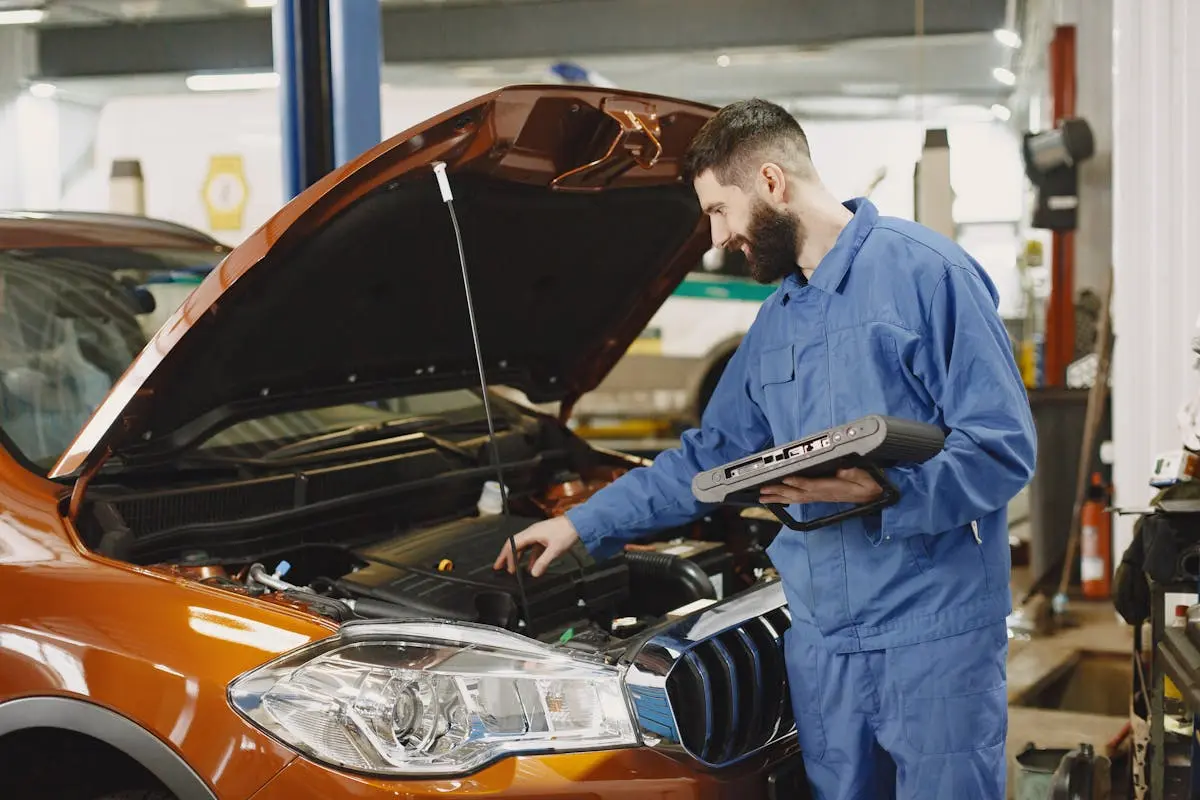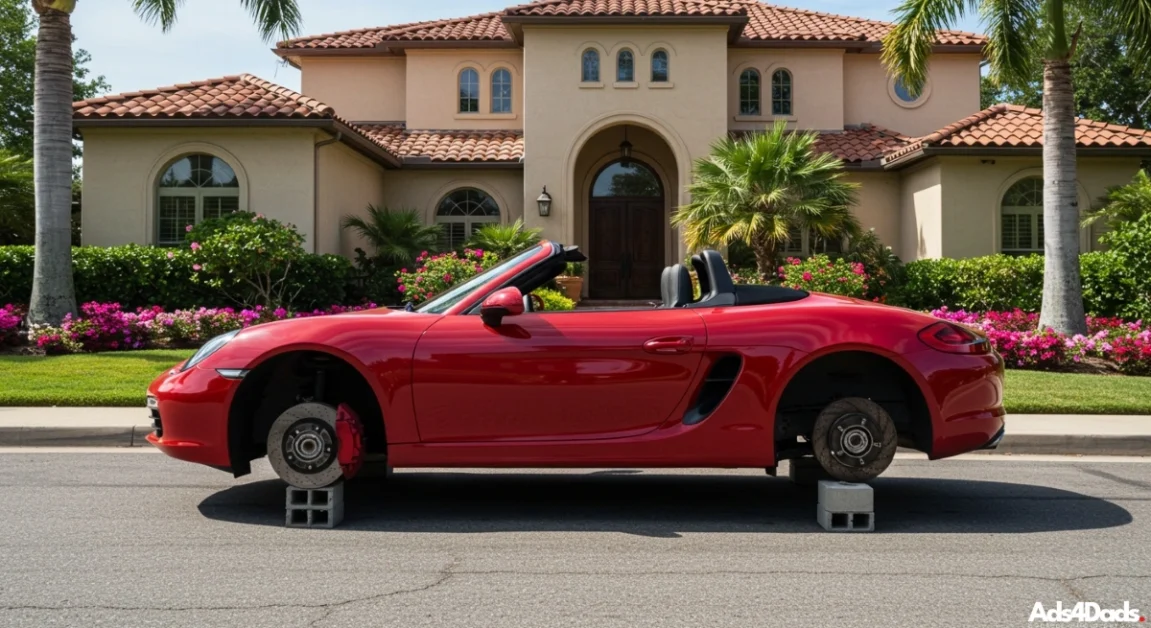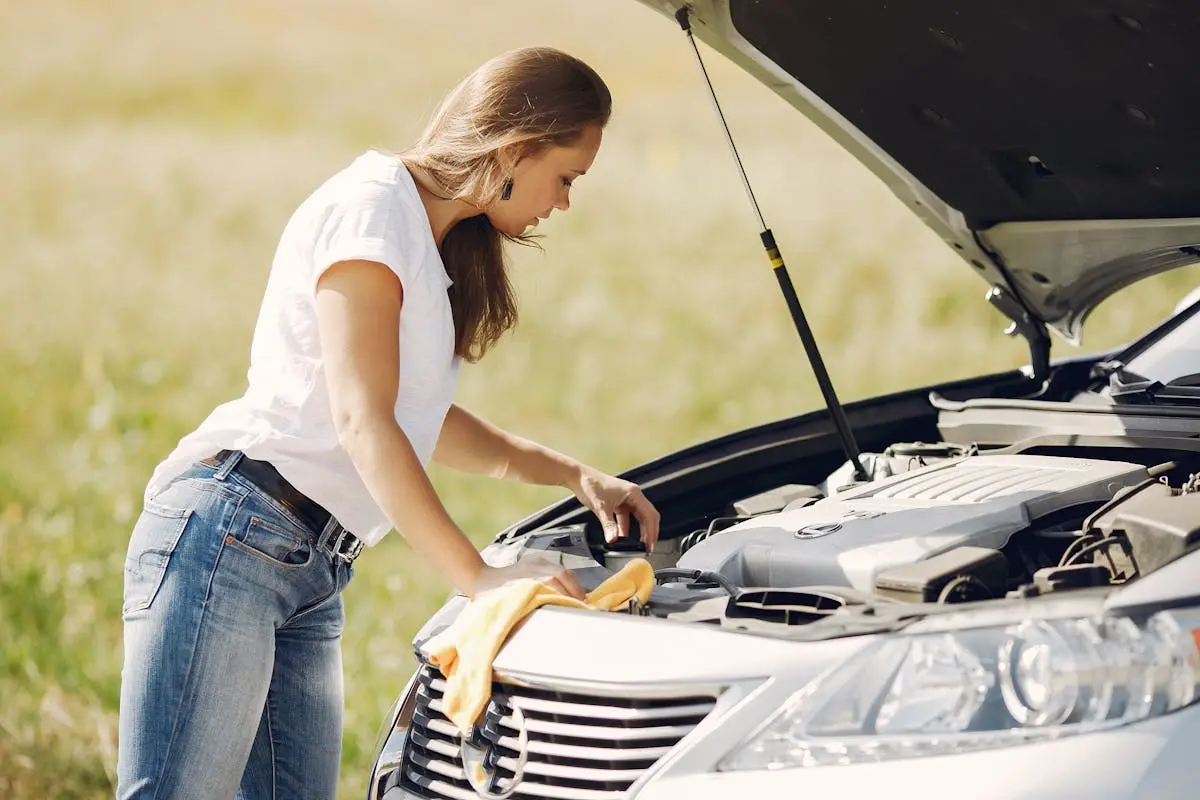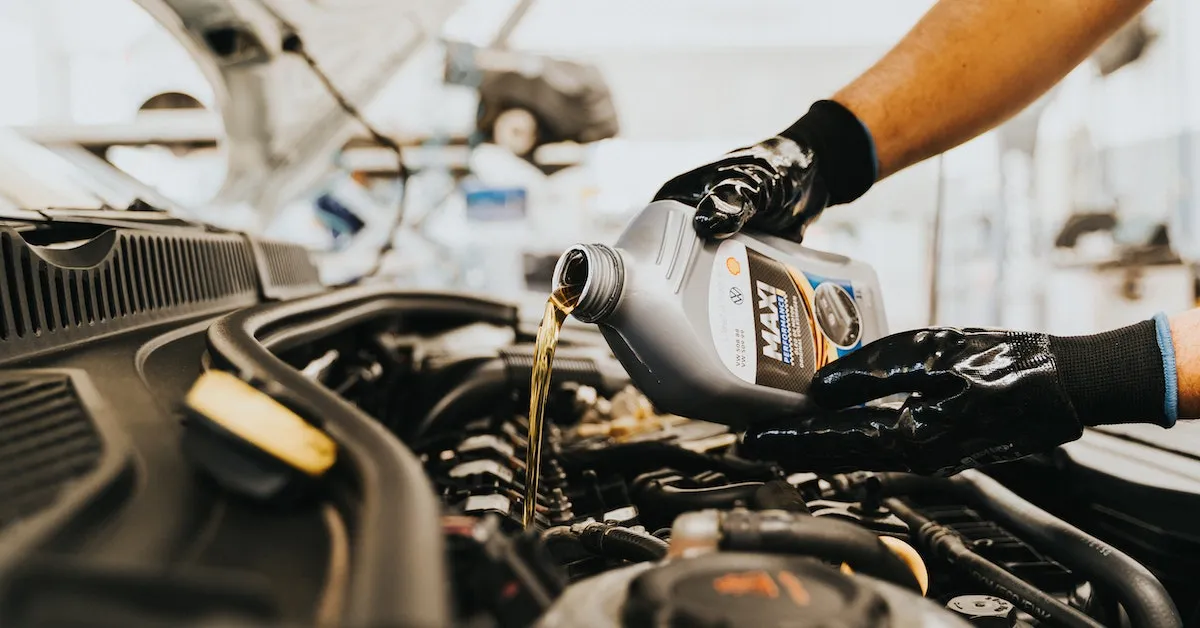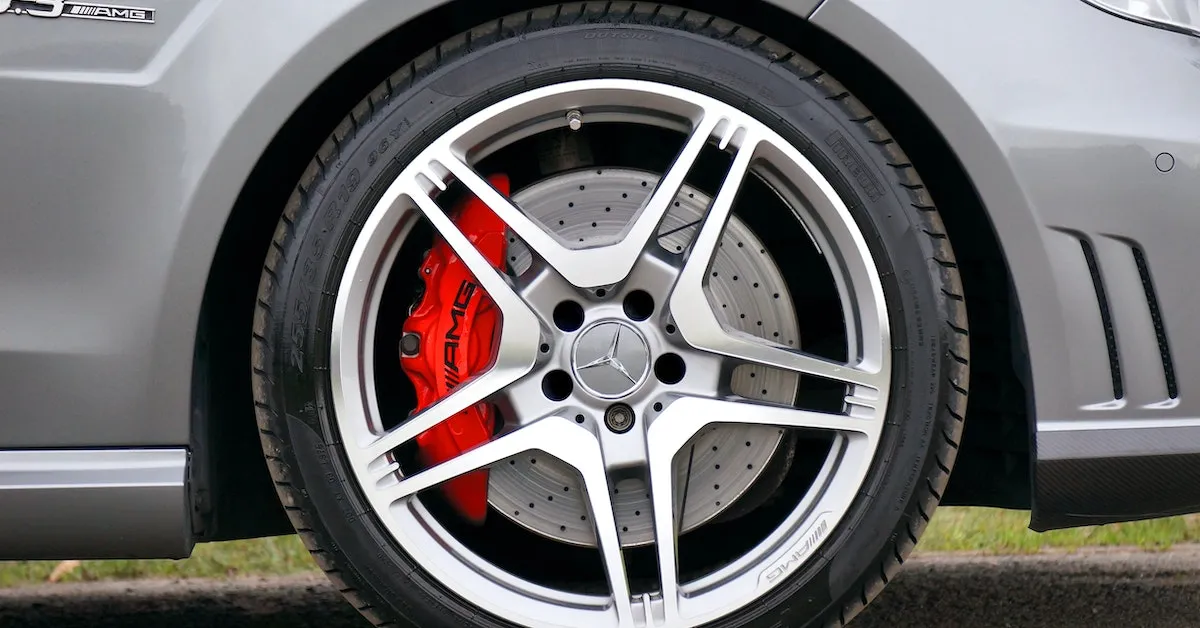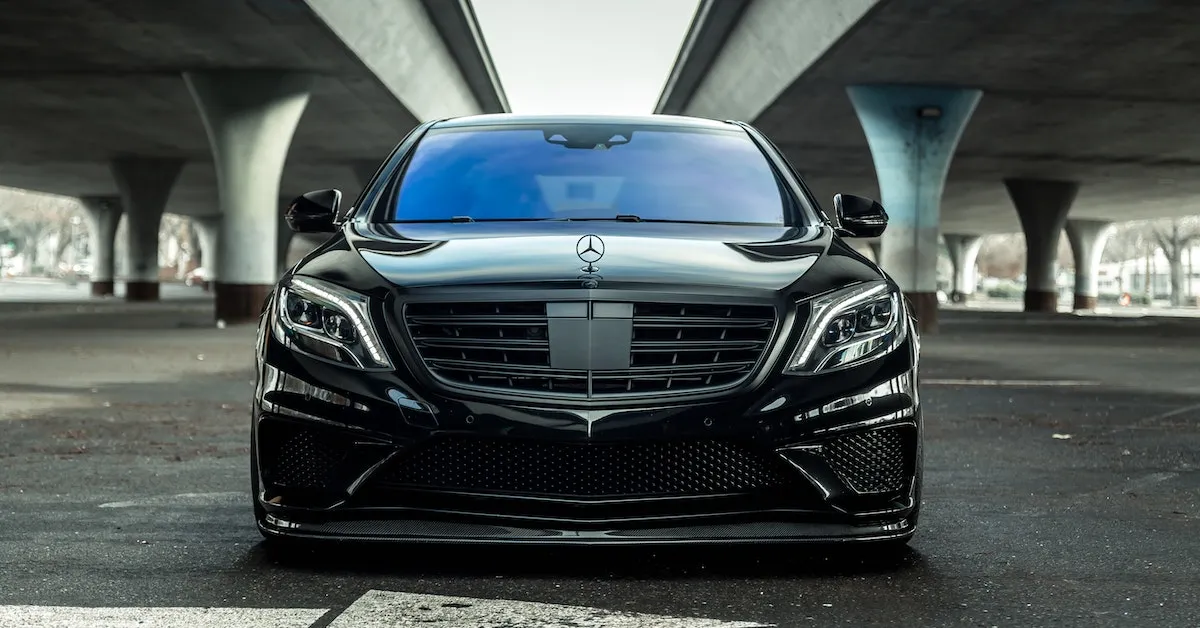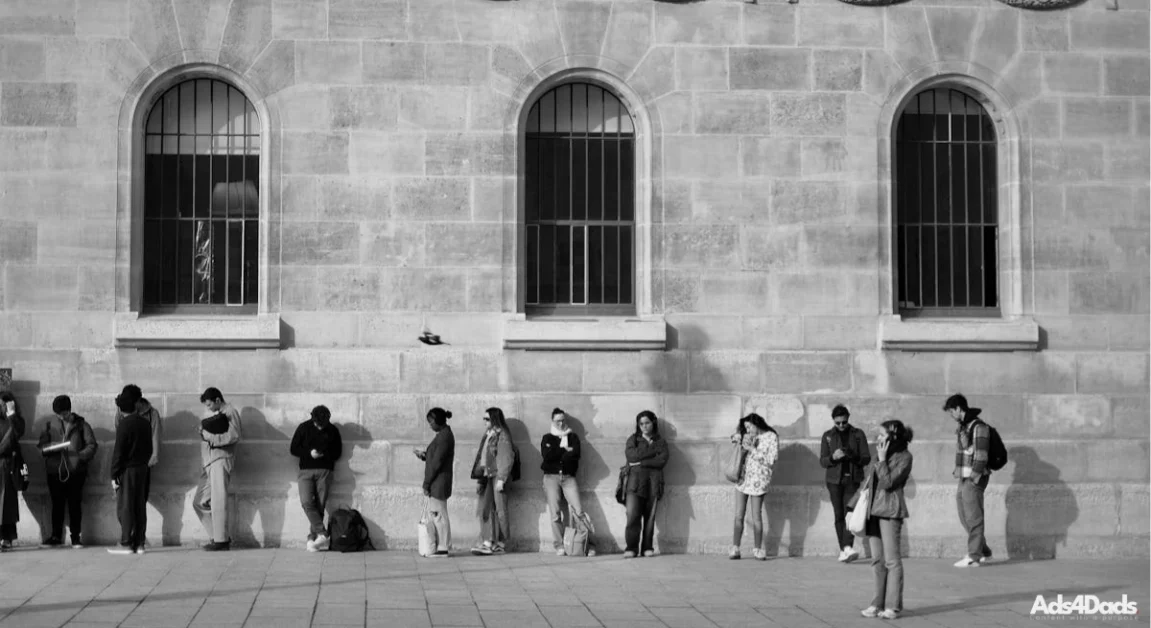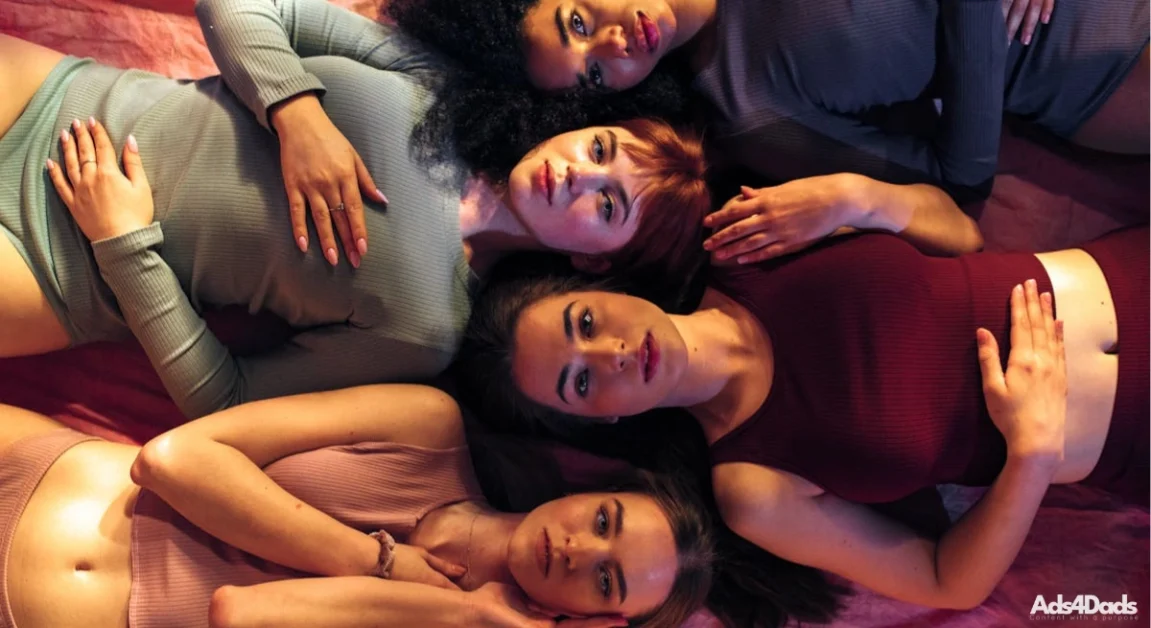If you live in a state that allows you to have the windows tinted on your car or truck, perhaps every now and then you’ve noticed some vehicles that have the tint on their back window appear to be distorted and have bubbles in it. Do you ever wonder why that happens and how to avoid it? If so, you’re in the right place to finally learn why the tint in your back window bubbles.
What causes the tint in my back window to have bubbles?
No matter how high the quality of your tint, it can’t stand up to the heat of your rear window defroster. The heating element bonded to your rear windshield glass gets extremely hot. That is why the tint begins to pull away from the glass and you’re left with many sections of the tinted surface with air pockets.
How do I avoid getting bubbles in my back window tint?
To avoid getting bubbles in your back window tint you shouldn’t turn on the rear window defroster at any time. And that’s an unfortunate situation to be in if you live in a cooler region of the country. It can also be a potential safety hazard.
Become an educated consumer about window tint
If you’re currently interested in having your vehicle tinted, just make sure the shop that you’re considering has a warranty in place to cover that type of situation. Keep in mind, rear window tint that fails due to operation of a defroster is normally not a warrantable condition, so if the shop says they’ll take care of that if it happens make sure their statement can be verified in the manufacturer’s warranty document. And have them show you exactly what paragraph that statement can be found. If they can’t provide that, you may want to consider doing business somewhere else.
Quite often when someone asks me who I recommend for having their car tinted, I just tell them to check with the dealership. They’ll typically take better care of you if an issue arises.
Dealing with the bubble tint dilemma
If your rear window tint is currently damaged, you really have to consider carefully who you can trust to remove it. If you’re thinking about removing it yourself, just be warned it may be very labor intense, (if you’re interested in learning about the process, you may be able to find a solution on YouTube). Extra care must occur to remove the old tint from the back glass because the heating elements are somewhat fragile.
To remove the tint and remaining adhesive, the shop may use a metal razor, a plastic razor, or a metal or plastic scraper. Any of these items will damage the element grid and cause it to become partially or fully inoperable. Keep this in mind when you ask the shop what method they’ll use to remove the old tint.
To tint, or not to tint? That really is the question!
So, with all of this knowledge you may wonder if it’s even worth having your vehicle tinted. Most automotive manufacturers offer tinted glass for their vehicles so that may be just enough for you. Whatever you choose, I’m sure you’ll make the right decision.
Professional car care tip
If you park your vehicle outside and want to keep the interior cool and protect it from sun damage, consider purchasing a custom fit windshield cover. I buy one for every vehicle I own. They make a huge difference!
This one here will work great. Just be sure to input your vehicle information for a proper fit. If you prefer to buy an OEM sunshade you may find it online, otherwise ask the parts associate at the dealership to order one for you.
For more helpful vehicle ownership insights, visit our Car Stuff page.
FAQs about window tint bubbles
The rear window defroster gets very hot, causing the tint to separate from the glass and form air pockets over time.
It’s not recommended. Heat from the defroster can damage the tint film, especially over long periods of use.
No. Bubbles caused by heat damage usually worsen and need to be professionally removed and replaced.
Yes. Many dealerships utilize modern, high-quality tint.
Removing tint from rear windows is risky due to fragile defroster lines. Always consult a professional for this service.
No. Cheap tint may last one year or less. It is better to pay more for longer-lasting results.
No. Always go to a reputable window tint installer with an actual storefront.
Window ‘tint’ is the film that is installed onto the glass. While tinted ‘glass’ is designed from the manufacturer and has a slightly darker or reflective appearance than regular, “clear”, non-tinted glass.
Yes. Some window tints have metallic properties and have been known to affect cellphone, satellite, and other electronic signal reception and performance.

